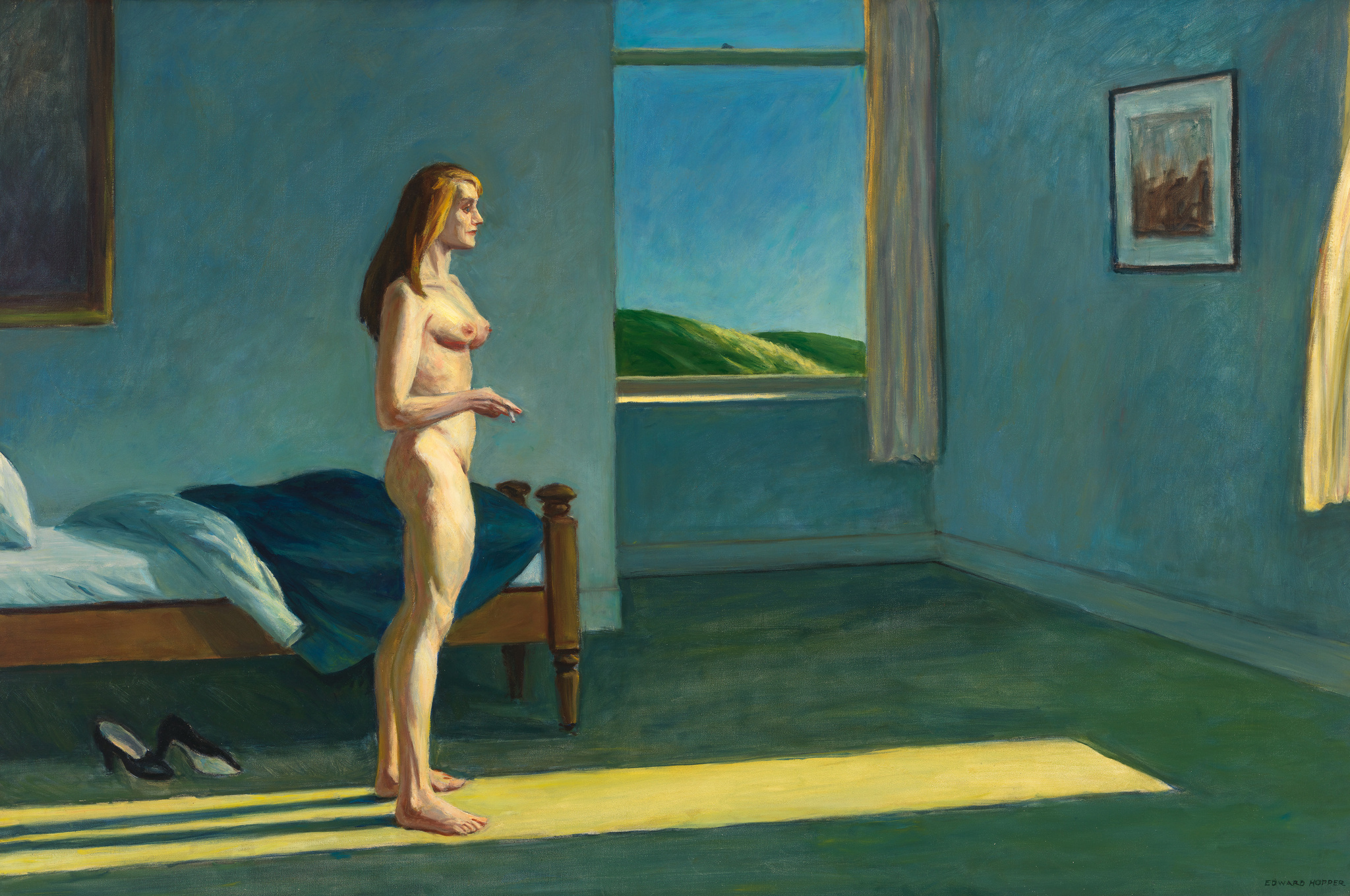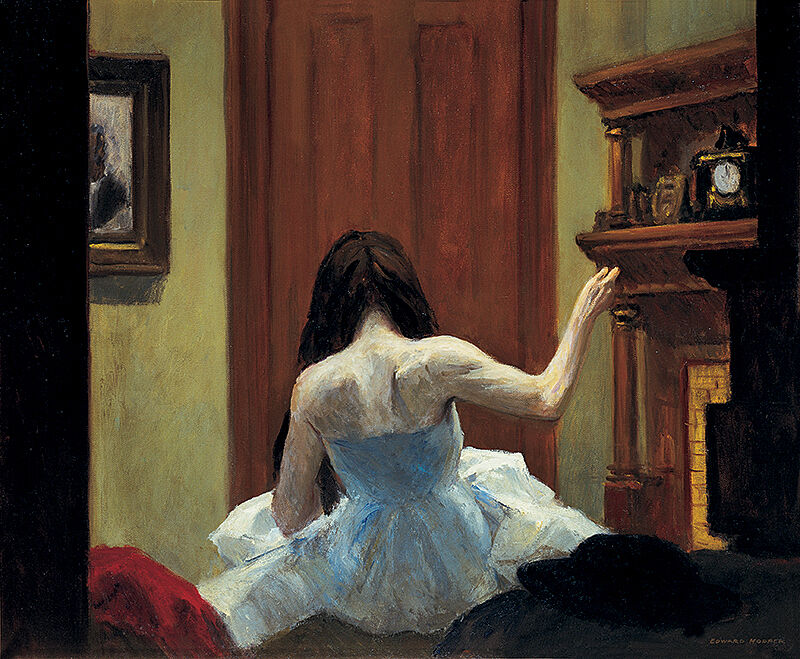Introduction to Modern Life: Edward Hopper and His Time
Oct 28, 2010
0:00
Introduction to Modern Life: Edward Hopper and His Time
0:00
Adam Weinberg: I’m Adam Weinberg, Alice Pratt Brown Director of the Whitney Museum, and I’m pleased to welcome you to Modern Life: Edward Hopper and His Time. In today’s global art world, it is hard to imagine that American artists of a hundred years ago were largely disenfranchised. No one wanted to show their work, much less buy it. It was a time when most patrons of the arts looked solely to Europe for creative achievement. Gertrude Vanderbilt Whitney—whose portrait you’ll see later in the show—was a major exception. She believed in—and supported—a group of American artists dedicated to depicting the authenticity of daily life and the rapidly modernizing world around them. Their subjects were not the refined classical themes taught in European art academies. These artists found beauty in skyscrapers and railroads, bridges, boats, and busy city streets quotidian subjects painted in bold styles. Gertrude Vanderbilt Whitney’s equally bold actions led to the founding of this museum, the first dedicated to supporting the work of American artists.
In the galleries ahead you’ll see what Mrs. Whitney saw in this generation of artists. The installation is chronological and drawn largely from the Whitney’s own collection. The Whitney was an early champion of Edward Hopper and as a result of a bequest from his estate, our collection includes the largest repository of his.
This exhibition presents a rare opportunity to see works by Hopper America’s most iconic realist painter alongside the art of his contemporaries.
Special thanks to Deutsche Bank for their generous support of this exhibition.
I hope you enjoy it.


